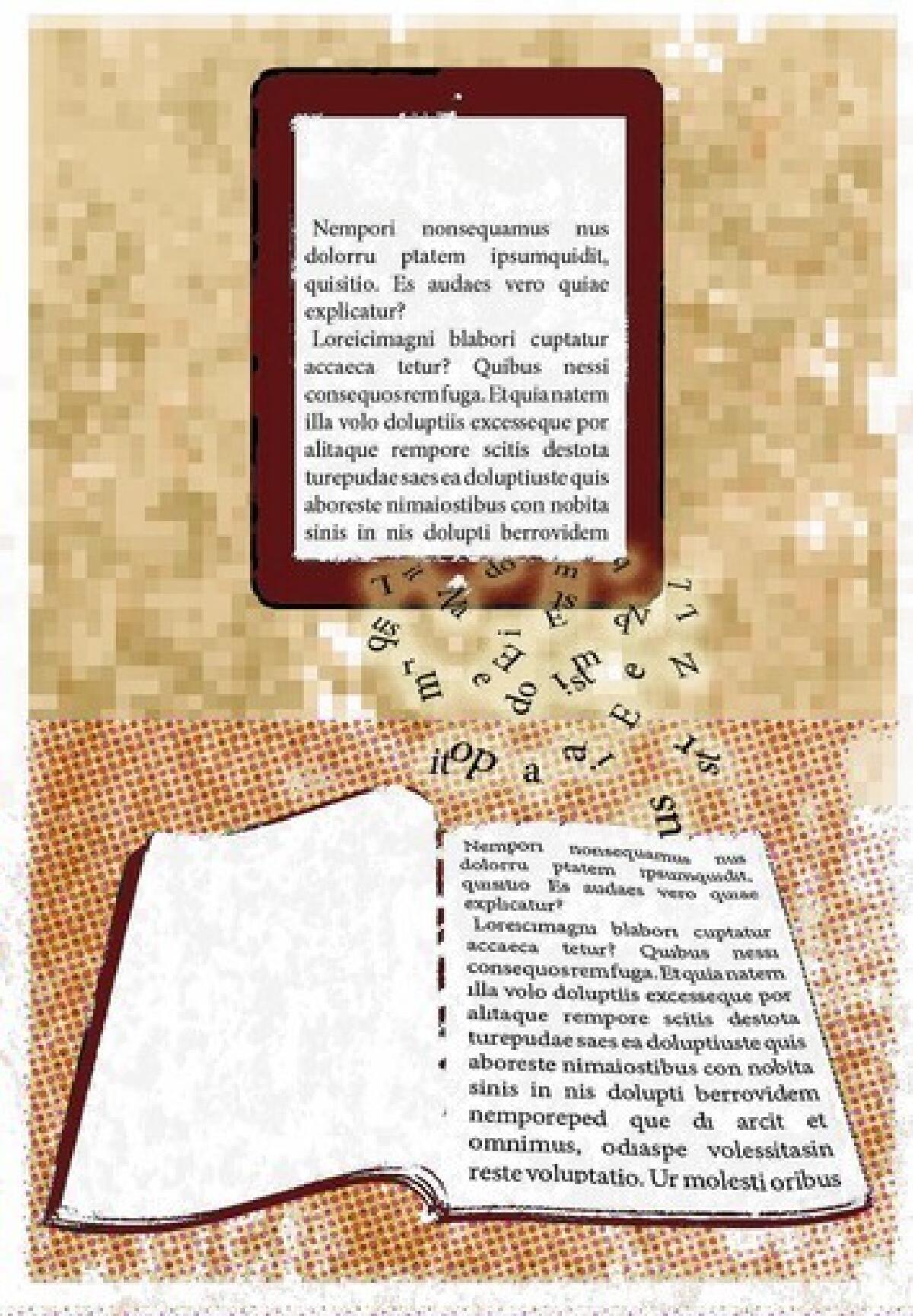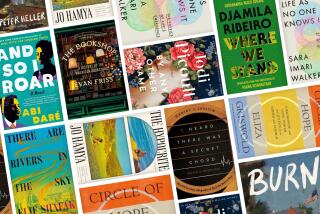Online publications see a future in print

- Share via
“What do journalists, CEOs and senior citizens have in common?” an editor for website BuzzFeed tweeted the other day. “They are the only groups of people left who care about reading things in print.”
So goes the digital punch line in 2013. Conventional media wisdom maintains that print is headed remorselessly toward extinction, with many old-school publications continuing to struggle and, most recently, the legendary weekly magazine New York announcing that its print edition would soon go bimonthly.
While pundits were declaring the death of ink on paper, though, a funny thing happened: Some of the very people who helped pioneer online-only journalism and criticism began to reconsider print.
Indie-music kingmaker Pitchfork.com, which has spent 17 years publishing on the Web, just launched a quarterly print edition. The Los Angeles Review of Books, which began on Tumblr in 2011, recently celebrated the release of the Los Angeles Review of Books Quarterly Journal, while intellectual online journal the New Inquiry is planning a print anthology. This fall, the feminist site Jezebel, an arm of the Gawker Media empire, published “The Book of Jezebel” — an “illustrated encyclopedia of lady things” — and teen girl website Rookie published its second “Rookie Yearbook.”
“There’s been a lot of discussion of the transition in one direction: print to digital,” says New Inquiry editor in chief Rachel Rosenfelt, 28. “But this is the first generation of people who have always been digital, moving in the other direction.”
The reasons for this unlikely resurgence of print are complex, rooted both in business sense and sentimentality. Rather than rising and falling on a single platform, many brands today would rather reach for bigger audiences across multiple channels that publish — and profit — side by side.
But in some cases, the turn to print reflects a reaction to the very things that have made digital publishing so appealing: Where the Web is open-ended and interactive, print is closed and more authoritative, like a street that goes only one way. The Web is timelier, but paper lasts longer than browser tabs.
Chris Frey, 43, editor in chief of Hazlitt, a literary site created by Random House Canada that published its debut print edition last month, uses words like “intimacy,” “permanence” and “presence” to describe reading a magazine or printed book.
“Within a Web environment, we’re often more prone to distraction and skimming rather than deep reading,” Frey says. “The Web is an immensely powerful tool for connecting writers with readers far and wide in the present moment. But it can lack intimacy.”
As Pitchfork President Chris Kaskie says of the allure of the analog, “You own MP3s, but you don’t own them. You read an online magazine on the Internet, but you can’t pick it up.”
Paper may now be going the way of music, where the rise of digital has stoked format fetishism among elite audiences, with niche consumers giving second life to analog formats such as vinyl and cassette.
This new rush to print is mostly aimed at a similarly boutique audience, with small runs, sporadic issues (either quarterly or annually) and high quality.
Pitchfork is plugging into the print game with its new Pitchfork Review. Sharply designed, produced on quality paper stock and accordingly priced at just under $20, the review is limited to a 10,000-print run and intended to have a long shelf life.
“I just threw away a stack of magazines yesterday that had been in a basket and read-through, and it’s sad, because none of those things felt like something I wanted to keep forever,” says Kaskie, 33. The goal, he adds, is “to make something someone will want to have on their shelf, just like a record.”
Alongside idealistic and aesthetic motivations, there also may be shrewd business logic in some cases. Samir Husni, director of the Magazine Innovation Center at the University of Mississippi, says he’s seeing “more and more” online-only sites coming to print, but he believes it’s for financial reasons, not nostalgia.
“It’s not that people love print,” Husni says, it’s that “they discover that there’s still a lot of money to be made in print while they’re searching for where money can be made online.”
Husni believes that’s because print is the only place ads aren’t ignored: “Online and in apps and on the digital frontier, we’ve all discovered ways to skip the ad. But in print... People buy the magazines as much for the ads as for the content.”
Tom Lutz, 60, editor in chief of the L.A. Review of Books, says he started the literary site on Tumblr rather than as a paper magazine because “it takes more upfront capital to do print than it does to do the Web.” But the Review found funding for digital-only advertising harder to come by.
“The people that we’ve approached for sponsorships have been much more interested in getting recognized in our print publication than they are on the Web,” Lutz says. “There are more eyes on the Web than there are on the print publications, they go wider, they go farther, but there’s no question we’ve found it easier to sell advertising in print than on the Web.”
The first Pitchfork issue will have a single advertiser inside the front and back covers, plus another ad in the middle, Kaskie says. Whereas the New Inquiry’s upcoming anthology will have no ads. Says Rosenfelt, “We’re anti-ads in general.”
None of these publications is planning to jettison its online identity, which seems to remain each brand’s main attraction. But each will be challenged to create reading experiences that go further than just porting content from the Web, and some early results are promising.
The inaugural issue of Hazlitt, for instance, cold-opens with Liam Maloney’s audacious photo essay of Syrian refugees texting their families and friends in the dark, their forlorn faces lighted by the glow of their phones. There is no introduction at the top, no clickbait headline or reader comments to spoil the deep readerly surprise of realizing, midessay, what is being witnessed.
But print comes with restrictions that can be surprising to editors who’ve become accustomed to the limitlessness of the Web.
“One of the reasons people like writing for us is that we let the length of the piece be determined by [the] material,” Lutz says of the L.A. Review of Books. But with the print edition, it was “the first time we’ve had to worry about length,” editing for space rather than depth.
“Every magazine has their agenda,” says Rosenfelt. Part of the New Inquiry’s agenda, she adds, “is to feel out these spaces that digital publishing has opened up … and really be mindful of what the little magazine looks like in the Internet era.” She adds, “It would be nice to have an object that speaks to the soul of the project.”
More to Read
Sign up for our Book Club newsletter
Get the latest news, events and more from the Los Angeles Times Book Club, and help us get L.A. reading and talking.
You may occasionally receive promotional content from the Los Angeles Times.









